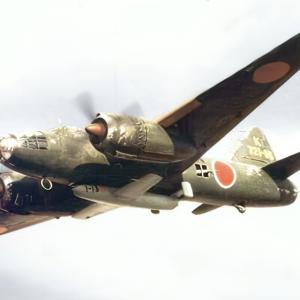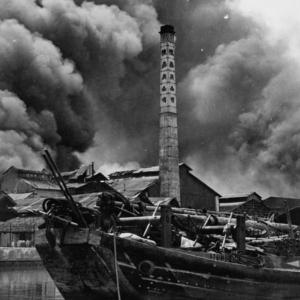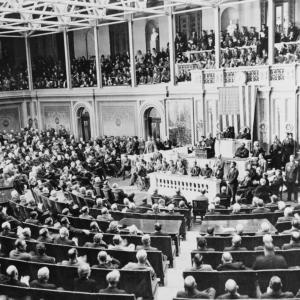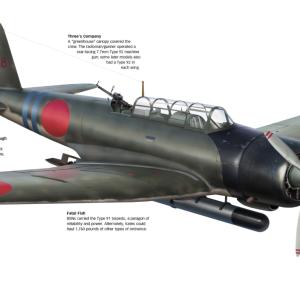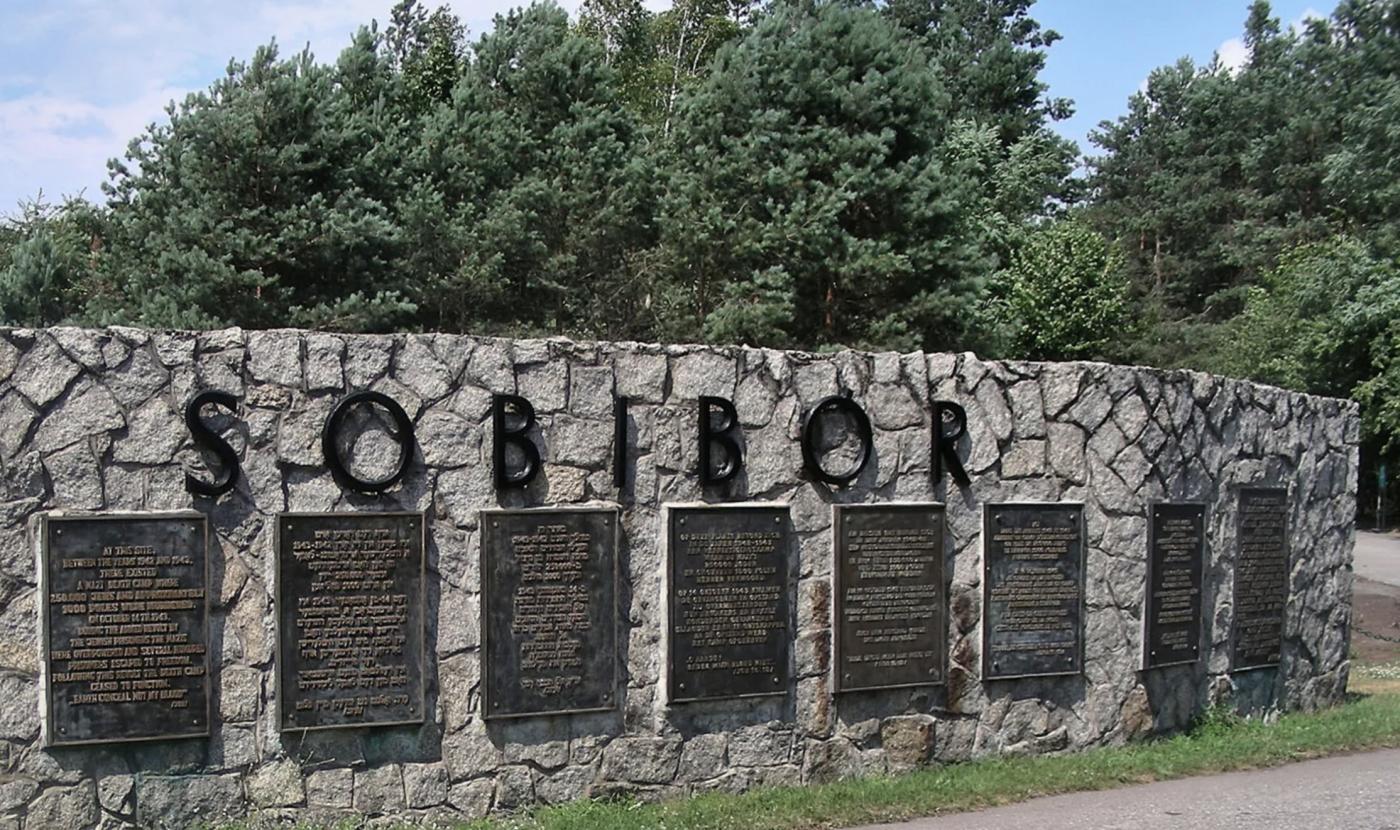
Sibobor extermination camp
Sobibor was one of the Nazi extermination camps established during World War II in German-occupied Poland. It was built as part of Operation Reinhard, the codename for the secret Nazi plan to murder the Jews of Poland. Located in a remote forest area, the camp became one of the deadliest places during the Holocaust. It operated from May 1942 until October 1943.
The camp was designed purely for extermination. It had no large barracks for long-term housing, as people brought there were not intended to stay alive for long. Most were murdered within hours of arrival. The facility was run by members of the SS, under the command of Franz Stangl at first, and later by other SS officers including Franz Reichleitner. Supporting the Germans were a group of Ukrainian guards, often recruited from Soviet prisoners of war.
Those deported to the camp were mostly Jews from Poland, the Netherlands, France, Czechoslovakia, Germany, and other occupied countries. The victims were transported in tightly packed cattle cars, often without food, water, or sanitation. The journey alone took a heavy toll, and many died en route. When the trains arrived, people were told they were being sent for resettlement. Men were separated from women and children, and all were ordered to undress. Most were led directly to the gas chambers disguised as showers. Carbon monoxide from a gasoline engine was pumped into the sealed rooms, killing everyone inside within minutes. Few survived this process.
It is estimated that around 170,000 to 250,000 people were murdered at the site, though exact numbers are difficult to confirm due to the Nazis' efforts to destroy evidence. Only a very small number were kept alive temporarily to work in the camp, helping with the disposal of bodies and the maintenance of the killing process.
On October 14, 1943, one of the most remarkable acts of resistance during the Holocaust took place at the camp. A group of prisoners, led by Soviet-Jewish officer Alexander Pechersky and Polish-Jewish inmate Leon Feldhendler, organized a daring uprising. Their plan was to kill the SS officers and escape en masse. They managed to assassinate several guards using hidden axes and knives. Around 300 prisoners attempted to flee during the chaos. Many were killed by guards or perished in the surrounding minefields and forests, but about 50 managed to survive the war.
In the days following the revolt, the Nazis decided to shut the camp down permanently. They destroyed the buildings, leveled the area, planted trees over the grounds, and tried to erase all traces of what had happened. Despite these efforts, the truth could not be hidden forever.
Today, the site is a place of remembrance. A memorial stands where the gas chambers once operated, and parts of the grounds have been excavated to reveal more about what happened there. A museum has been established to educate future generations and honor the memory of the victims. The story of the camp and the uprising serves as a powerful reminder of both the horrors of the Holocaust and the courage of those who resisted against all odds.


